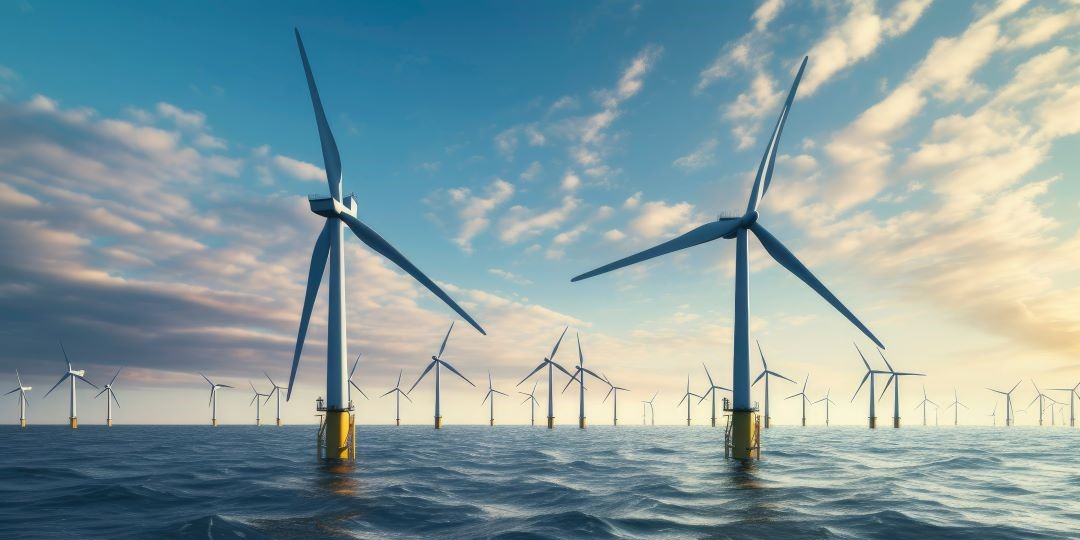By Joshua Brantley, NERC Reliability Specialist
As renewable rights activists push for a cleaner green energy, animal rights activists push for an energy that will not cause harm to wildlife. Wind farms seemed to make everyone happy, initially, but then came the “issues”. Some don’t like the noise and others cannot stand the eye sore. Then we have the ones that fight for the rights of animals being killed. Wind Turbines can be seen on almost any road trip that we take today, but now we have found a way to utilize offshore wind to our advantage. It may be no surprise to conclude animals don’t get along with these things. For years, animal rights activists have been fighting for the right of our winged friends that are killed by these wind turbines, be limited. Now that windfarms are coming to the coast, animal rights activists have more migratory bird and whale concerns.
So, what is the issue? There is a lot of concern about the noise generation of the Turbines attracting the humpback whales to the coastline. This frequency or hum the wind turbines generate, may cause the whales to get closer, get stuck, or struck by an ocean vessel. Several organizations have been working to study the affects of this, to include the NOAA (National Oceanic and Atmospheric Administration), Marine Mammal Commission, and Rutgers University with no significant data to support these “frequency” issues. Some see this as an agenda and others and opportunity to grow.
The NOAA directly states, “There is no evidence that noise resulting from wind development-related site characterization surveys could potentially cause mortality of whales, and there are no specific links between recent large whale mortalities and currently ongoing surveys. These are geological and geophysical surveys conducted by wind energy developers. We will continue to gather data to help us determine the cause of death for these mortality events.”
There are disagreements based on the claims from rising oceanic temperatures pushing the whale population inland and the high probability of ocean vessels coming in contact with them. Whales tend to go where the food is located and that is to the north and at the coastline. According to Sierra Club, less than 350 humpback whales remain, and this could become a significant issue if they hit the endangered species list. This is creating a lot of tension between the Electrical Industry meets Environmental and Animal Activists.
For the Electrical Industry, times are changing, and green energy is going to be a huge path forward. This mean that birds, whales, or other sea life may suffer from these changes however, bottom-dwelling marine life has the ability to thrive. Where there is negative, there will always be some sort of positive, but this is going to be another uphill battle that the Electrical Industry is facing.











